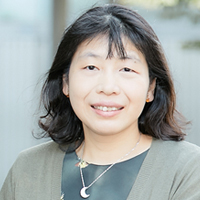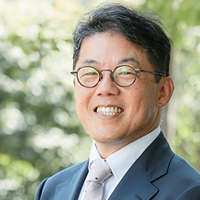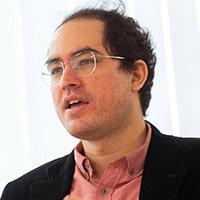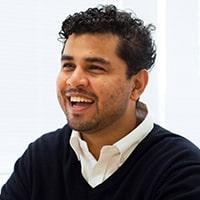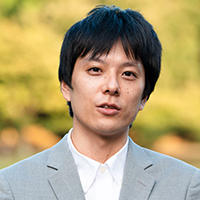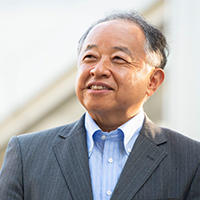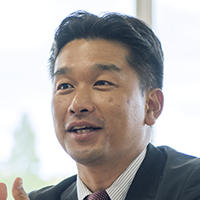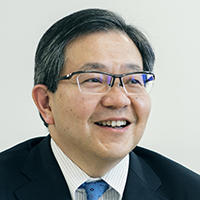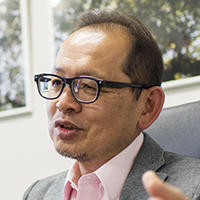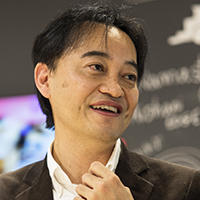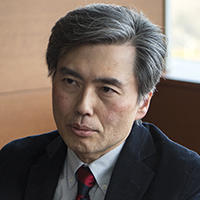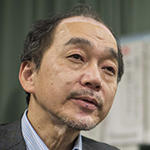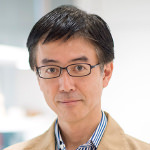SDM Voice|Prof. Yoshiki YAMAGATA
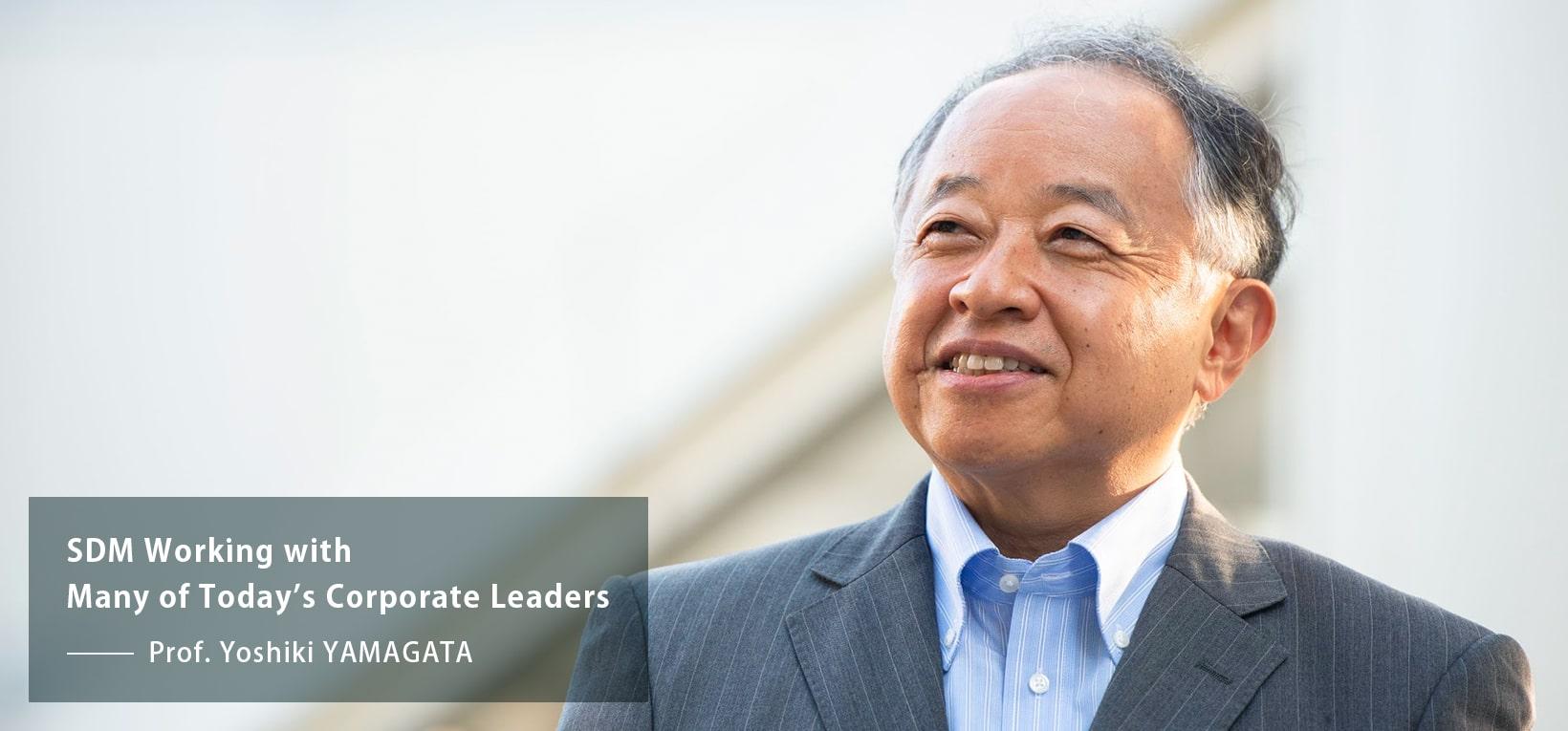
Professor Yoshiki Yamagata has long been involved in climate change research, and he is currently designing societal systems that will enable virtuous cycles between health and the environment. We sat down with Prof. Yamagata to hear about his expectations for SDM students in contributing to research that will create sustainable decarbonization by balancing urban redevelopment and rural revitalization.
Profile
Prof. Yoshiki YAMAGATA
Professor, Graduate School of System Design and Management, Keio University
Born in 1961 in Kanagawa Prefecture, Prof. Yamagata graduated from the University of Tokyo's College of Arts and Sciences and went on to earn a Ph.D. in System Science at the university's Department of General Systems Studies in the Graduate School of Arts and Sciences. He worked at the National Institute for Environmental Studies before assuming his current position at Keio and has been a GCP International Office representative and lead author of the IPCC for 20 years. He is a proponent of climate change mitigation studies and advocates for the assessment of ecosystem services and a new approach to urban systems design that integrates architecture and transportation.
Envisioning a Society that Creates a Virtuous Cycle between Environment and Health
In April 2021, we launched the Innovations for Co-creating Future Society Laboratory, where we are working on solving social issues and promoting collaboration in new value creation. Based on my many years of research, I believe that collaboration with local stakeholders is crucial in achieving sustainability. Specifically, I am engaged in research based on the idea that the risks of climate change need to be addressed both globally and locally and that urban planning will benefit immensely from the perspective of urban systems in reducing carbon emissions and adapting to climate change. A real-world example of this would be the Japanese-style smart city concept that we proposed for the redevelopment of a densely populated neighborhood made up of old wooden buildings in Tokyo's Sumida Ward. There is an urgent need for redevelopment in these areas, where roads are too narrow for fire trucks, but simply widening a road and replacing the current buildings with condominiums runs the risk of turning it into just another street filled with car traffic. By utilizing self-driving EV vehicles that can safely provide services at low speeds, green spaces can be turned into functioning community spaces. By restricting gas-powered vehicles from entering these areas and using self-driving EV vehicles that are recharged with locally-produced solar power, it is possible to create a zero-carbon climate resilient city. Our Japanese-style zero carbon city concept would maintain the interpersonal relationships that existed before the redevelopment and also enable social exchange with new residents.
Going forward, I would like to design urban systems that combine new ways of moving, living, and traveling that connect cities and rural areas, with the aim of creating a society that encourages a favorable cycle of environmental health. This work will also extend to focusing on wellbeing in a post-COVID world.
Visualizing CO2 Emissions to Support the Creation of Zero Carbon Cities
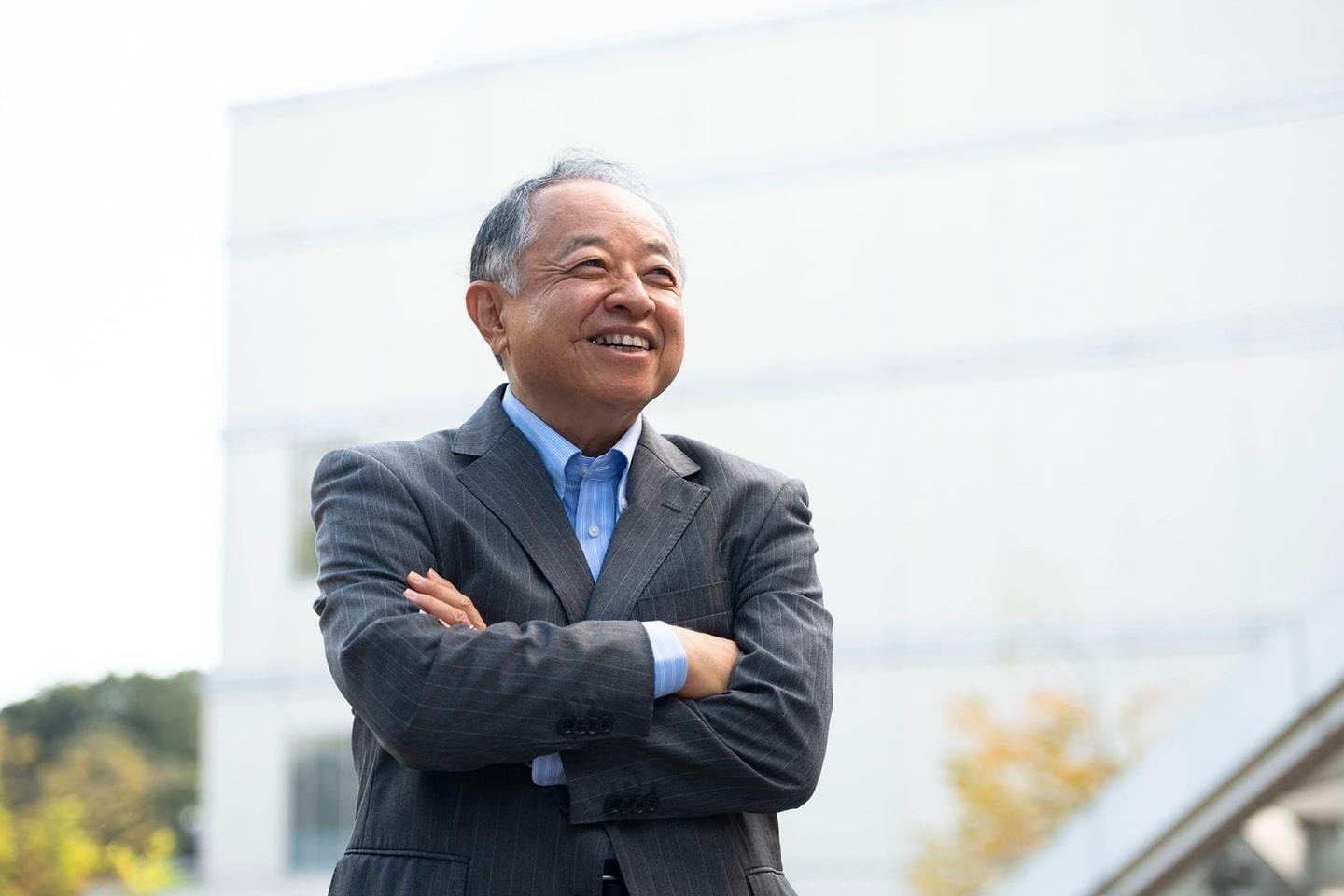
This year, we commenced research into urban carbon mapping techniques that will support the urban planning of zero carbon cities. Using AI and Bigdata, we can dynamically visualize CO2 emissions from buildings and automobiles. In the future, carbon mapping information will be used for urban planning, and we plan to expand the application of this technology to municipalities in urban and rural areas that will lead the way in zero-carbon cities. We are now able to extract information on the risk of heatstroke by analyzing remote sensing data and mobile location data, and we are also working on the development of a navigation system that combines various vital sign sensors to comprehensively evaluate information and help people of all ages stay healthy and move comfortably around their cities.
Designing Sustainable Urban Systems
I am also taking lead the Shinagawa East Zero-Carbon City Design Studio, as a collaboration between the University of Tokyo and the Georgia Institute of Technology. The studio is currently tasked with crafting an urban systems design proposal for the Shinagawa East area, which connects Shinagawa Station with the Takanawa Gateway and Tennozu Isle stations. Our proposal would introduce a sizable fleet of self-driving EVs underground, optimized using a MaaS system and made available to travelers on demand, allowing them to reach their chosen destination anywhere in the area within ten minutes. A large underground EV parking lot will also function as a community power plant that is able to share electric power locally for several days in the event of a disaster.
Students at SDM are Driven and Full of Potential
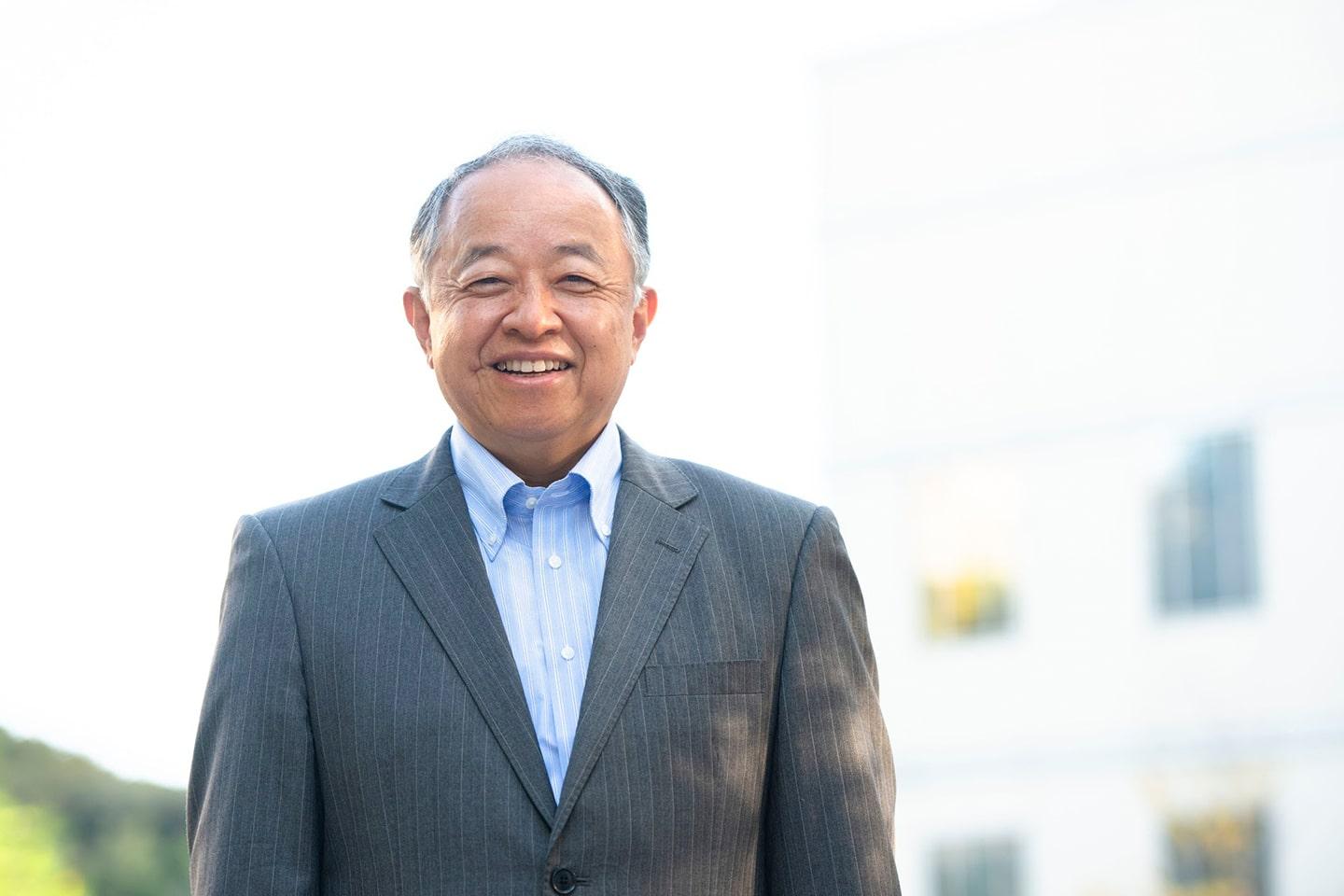
At SDM, many of our students have years of experience working at the forefront of industry. I look forward to the new business proposals that our students will develop through inter-company collaboration, which will inform the real-world implementation of urban systems design. SDM students are much more eager to take on challenges than I ever imagined. Our future is shaped not only by those who author academic papers and go on to become researchers but also by innovations based on their work. Today, in communities everywhere, there is an urgent need for new business proposals in fields related to the environment and healthcare at a regional scale.
I hope that, together with the graduate students of SDM, our lab will propose business models for urban systems design that combine technologies from various companies into a single system. My laboratory is currently working on systems design for municipalities and urban centers as part of the national government's Super City Initiative, and SDM welcomes students who are interested in creating these kinds of zero-carbon, health-focused urban systems. Personally, I am looking forward to meeting all of the highly motivated students wishing to come here to learn new systems design techniques in order to contribute to the sustainable development of the cities and areas that are important to them.
Yoshiki Yamagata Laboratory
